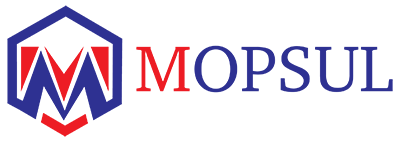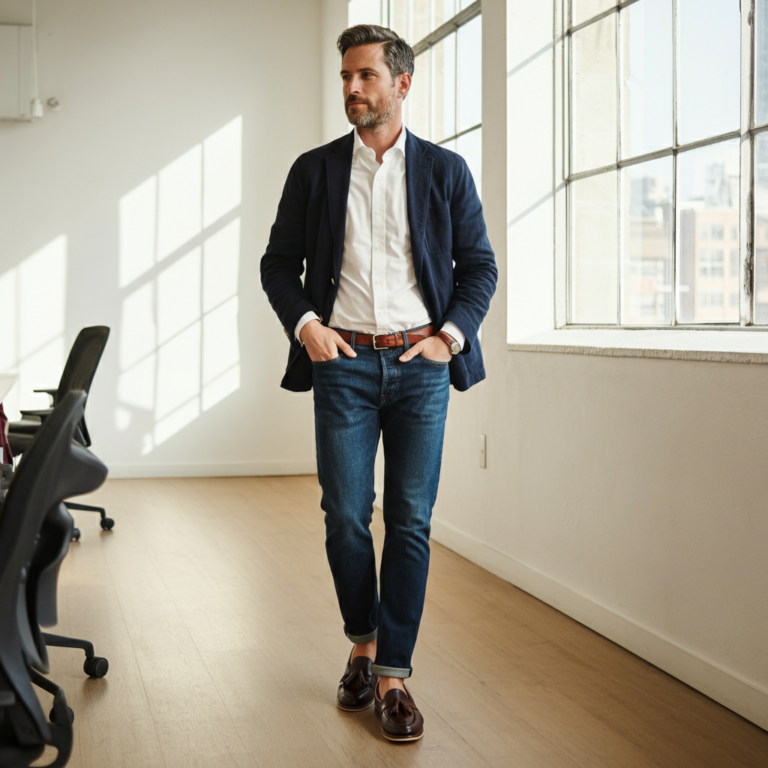When it comes to navigating dress codes, “business casual” can be a grey area for men. Is it a suit without a tie? Are jeans acceptable? And how do you strike the perfect balance between comfortable and professional? If you’ve ever found yourself asking these questions, you’re not alone.
This guide is your ultimate resource for understanding and mastering the business casual style. We’ll break down the essentials, provide tips for effortless style, and answer common questions to ensure you always look polished and confident.
Table of Contents
What Does “Business Casual” Really Mean?
At its core, business casual is a Step down from traditional business formal attire, but it still conveys professionalism. Think of it as a more relaxed yet polished style that encourages comfort while maintaining a workplace-appropriate appearance.
For men, this means saying goodbye to stiff suits and ties (most of the time) and hello to tailored pants, button-down shirts, and smart shoes. While interpretations can vary depending on workplace culture, business casual always starts with clean, well-fitted, and intentionally styled clothing.
Key Elements of a Business Casual Wardrobe
Pants
Your choice of pants sets the foundation of your business casual look.
- Chinos: A classic go-to for business casual, chinos are versatile, breathable, and available in a wide range of colours. Stick to neutrals like beige, navy, or grey for easy outfit pairing.
- Dress Pants: Perfect for a more formal look, dress pants add a touch of sophistication. Opt for slim-fit or tailored cuts to maintain a modern look.
- Dark Wash Jeans (if appropriate): Jeans can be business casual if they’re dark wash or black, free of excessive distressing, and paired with dressier items. Keep the fit tailored for a polished appearance.
Shirts
Shirts are the centrepiece of any business casual outfit. These options will help you strike the right tone:
- Button-Down Shirts: A wardrobe staple, these shirts come in solids, subtle patterns, and even checks or stripes. Tuck them in for a professional edge.
- Polos: A slightly more relaxed option, polos can be paired well with chinos or tailored pants. Opt for high-quality fabrics for a refined result.
Outerwear
Layering adds depth and sophistication to your outfit.
- Blazers or unstructured jackets make any outfit look more refined. They’re a must-have for important meetings or events.
- Sweaters are perfect for colder months. Opt for crewneck or V-neck styles in neutral tones, and wear them over a button-down shirt for added polish.
Shoes
The right shoes can seamlessly tie your outfit together.
- Loafers and oxfords are timeless options that consistently work well for business casual attire.
- Bright Sneakers may also be acceptable in specific workplaces, but choose minimal, neutral styles and pair them with crisp, tailored pants.
Are Jeans Okay for Business Casual?
Short answer? Yes, but there are rules. Jeans can fit into a business casual wardrobe if you choose a pair that is:
- Dark Wash or Black: Opt for dark washes or avoid flashy details.
- Well-Fitted: Slim or straight-leg jeans without rips or distressing are ideal.
- Styled Appropriately: Balance the casual nature of jeans with a tailored blazer and polished loafers to elevate the overall look.
Jeans are most suitable for workplaces with a more relaxed culture or on casual Fridays. When in doubt, consult your HR team or seek guidance from your colleagues.
Examples of Business Casual Outfits
Here are a few outfit ideas to inspire your business casual wardrobe:
Look 1
- Beige chinos
- White button-down shirt
- Navy blazer
- Brown loafers
Look 2
- Dark wash jeans
- Light blue dress shirt (tucked)
- Brown brogues
- Gray sweater
Look 3
- Charcoal dress pants
- Patterned button-down shirt
- Black leather oxfords
These combinations are versatile, stylish, and sure to make a great impression.
What to Avoid in Business Casual
To ensure you stay within the boundaries of business casual, steer clear of the following:
- Hoodies or Sweatshirts
- Distressed or Baggy Jeans
- Graphic T-Shirts
- Flip-flops or Very Casual Sneakers
While these items might be comfortable, they lack the professionalism necessary for a business casual setting.
FAQs About Business Casual for Men
Is a tie required for business casual?
No, a tie is not typically required for a business casual outfit. However, adding one can elevate your look for more formal occasions.
Can I wear sneakers with business casual?
Yes, but make sure they’re clean, minimalistic, and in neutral colours. Avoid athletic sneakers; opt for dress sneakers that pair well with tailored pants.
What are some suitable colours for business casual attire?
Stick to neutral colours colours, such as navy, grey, grey, white, black, and beige. These shades are versatile and easy to mix and match. You can add personality with small pops of colour, like a patterned shirt or a subtle accessory.
Do I need to tuck in my shirt?
Tucking in your shirt is generally recommended for business casual attire, as it gives you a cleaner and more professional appearance. However, in more relaxed environments, untucked shirts designed for that purpose may also work.
Experiment With Your Style & Make Business Casual Your Own
Business casual is all about striking the perfect balance between comfort and professionalism. Start with the wardrobe essentials mentioned above, and gradually add pieces that reflect your style.
Remember, the key to nailing business casual is fit, quality, and thoughtful styling. Don’t be afraid to experiment within the guidelines! With the right approach, you’ll master the art of business casual effortlessly.


